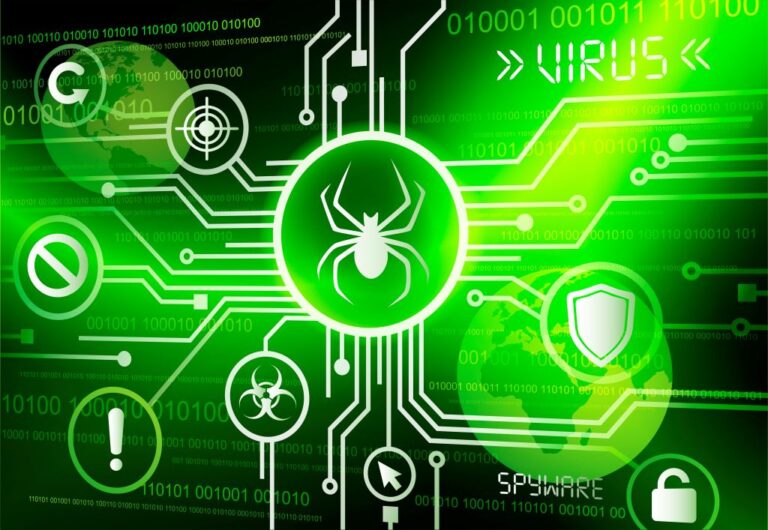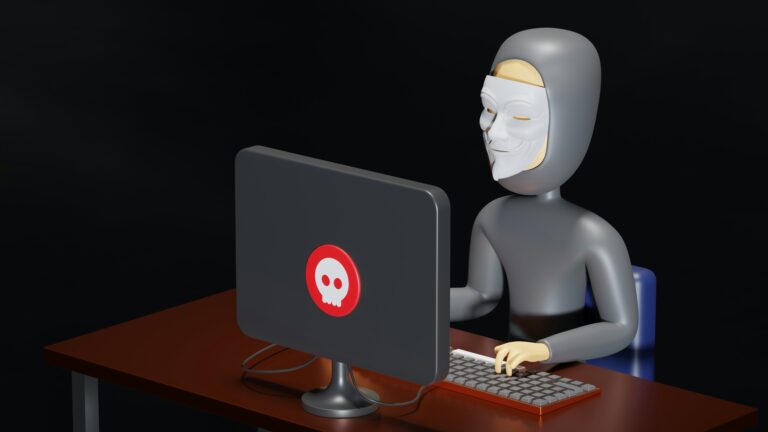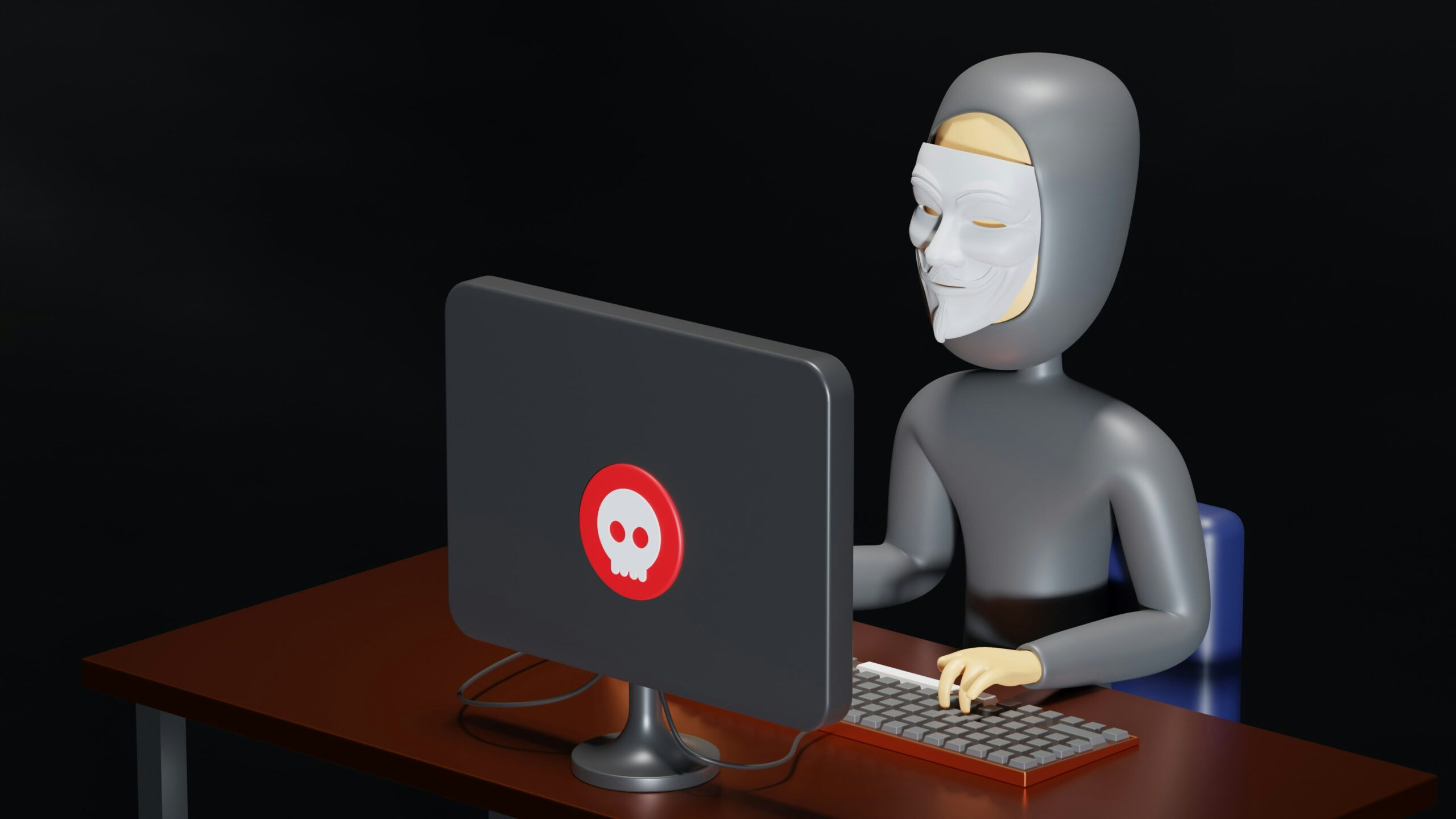What are Cybersecurity Teams?

Imagine you’re on a mission in a big game where everyone has a special job to protect the kingdom. Some people guard the gates, others search for hidden dangers, and a few pretend to be the “bad guys” to find weaknesses. Cybersecurity teams work in a similar way, except they protect computers, networks, and everything online!
In cybersecurity, there are different teams with different colors, like a colorful team of superheroes. Each color team has a unique mission and skills to keep the online world safe. Let’s explore the different cybersecurity teams and find out what each color means.
The Blue Team: The Defenders
Think of the Blue Team as the guards of a castle. Their job is to protect the computers and networks from any dangers. They watch out for anything unusual, check the “gates” (or entry points) of the network, and make sure everything is safe.
The Blue Team:
🔸Monitors for Attacks: They keep an eye on the network, like guards watching for intruders.
🔸Responds to Incidents: If someone tries to hack into the system, the Blue Team jumps into action to stop the attack and fix any damage.
🔸Sets Up Defenses: They set up things like firewalls (which are barriers to keep out intruders) and use special programs to find and block attacks.
In real life, Blue Team members might work as Security Analysts who watch the network, look at alerts, and make sure everything is safe. They’re like the front-line defenders who make it hard for cyber threats to get in.
The Red Team: The Attackers (But the Good Kind!)
The Red Team is like a group of undercover spies or “friendly attackers.” Their job is to think like the bad guys and try to break into the network—on purpose! But don’t worry; they’re doing it to help make the defenses stronger.
The Red Team:
🔸Tries to Break In: They use different tricks and techniques, just like real hackers, to see if they can get into the system.
🔸Finds Weaknesses: If there’s a weak spot, the Red Team will find it. Then they tell the Blue Team so they can fix it.
🔸Tests Security: By attacking the system (with permission), they help find ways to make it stronger.
You can think of the Red Team as the “testers” who make sure the defenses are tough. Red Team members are often called Penetration Testers or Ethical Hackers because they do hacking in an ethical, or good, way. They try to find problems before the real bad guys do!
The Purple Team: The Communicators
The Purple Team is a mix of the Red and Blue Teams, combining the best of both worlds. They don’t just focus on attacking or defending—they focus on helping both teams work together to make security even better.
The Purple Team:
🔸Shares Information: They make sure the Red Team’s discoveries are shared with the Blue Team so defenses can be improved.
🔸Coordinates Attacks and Defenses: They help plan practice attacks and teach the Blue Team new tricks they’ve learned.
🔸Finds Better Solutions: By understanding both attacking and defending, the Purple Team comes up with smarter ways to stay safe.
Purple Teams aren’t always separate groups; sometimes Red and Blue Team members work together to form a “Purple Team.” Think of them as the communicators who make sure everyone is on the same page to protect the kingdom!
The Green Team: The Builders
Imagine if someone was responsible for building super-strong walls and gates in the kingdom. That’s like the Green Team! The Green Team focuses on designing, building, and setting up secure systems from the start. They make sure things are safe from the beginning so that other teams have an easier job.
The Green Team:
🔸Builds Secure Systems: They create software and systems that are safe from the start.
🔸Follows Best Practices: They know the safest ways to build systems, so they follow rules to make everything secure.
🔸Makes Security Easy: The Green Team tries to make security simple for everyone, which helps keep mistakes and vulnerabilities (weak spots) to a minimum.
Green Teams are often part of the development process, where software engineers and designers create programs with security already built in. They help reduce risks by making sure things are strong from the start.
The Yellow Team: The Teachers and Trainers
In our kingdom, the Yellow Team would be like teachers who make sure everyone knows how to stay safe. They train other team members, company employees, and even regular people on how to protect themselves from cyber threats.
The Yellow Team:
🔸Teaches Security Awareness: They show people how to recognize phishing emails (fake messages trying to trick them) and avoid risky online behavior.
🔸Trains Other Teams: They teach the Blue and Red Teams new skills and tactics.
🔸Builds a Culture of Security: By educating everyone, they help create an environment where people are always aware of security risks.
The Yellow Team’s job is important because even the best security systems can fail if people don’t know how to use them properly. Yellow Teams are often led by Security Trainers or Awareness Program Managers.
The White Team: The Referees
In games, referees make sure that everyone follows the rules and keeps things fair. The White Team is like a cybersecurity referee. They don’t attack or defend; instead, they watch and make sure that everyone plays by the rules.
The White Team:
🔸Oversees Tests and Training: They observe the Red and Blue Teams during training exercises, making sure everyone follows the rules.
🔸Evaluates Performance: They give feedback and help teams understand what went well and what could be better.
🔸Sets Up Simulations: They might create special “cyber games” called Cyber Range Exercises, where teams can practice their skills in a safe environment.
The White Team is like a judge or mentor who helps other teams learn and improve. They make sure training exercises are fair and useful for everyone.
The Black Team: The Investigators
Lastly, there’s the Black Team, which is like a team of detectives. They come in after something bad has happened to investigate what went wrong, find clues, and figure out how to prevent it from happening again.
The Black Team:
🔸Investigates Incidents: They look at what happened during an attack and find out how the attackers got in.
🔸Collects Evidence: They gather information to understand the attack and sometimes help the police if it was a serious crime.
🔸Suggests Improvements: Once they know what went wrong, they tell other teams how to make things safer in the future.
The Black Team is often made up of Forensic Analysts or Incident Response Specialists who are trained to find clues in the digital world.
Why Do We Use Colors?
The colors help us remember each team’s mission and keep things organized. Just like in a game, where different colors represent different characters or abilities, cybersecurity teams use colors to show what each team specializes in. Together, these teams work as a united “rainbow” of defenses, each with their own job to keep us safe online!
Now that you know about these teams, think of them as superheroes, each with a different color and unique power. They work together to protect the online kingdom, keep your data safe, and make sure the digital world is a better place.
feature image courtesy: Designed by pikisuperstar / Freepik








